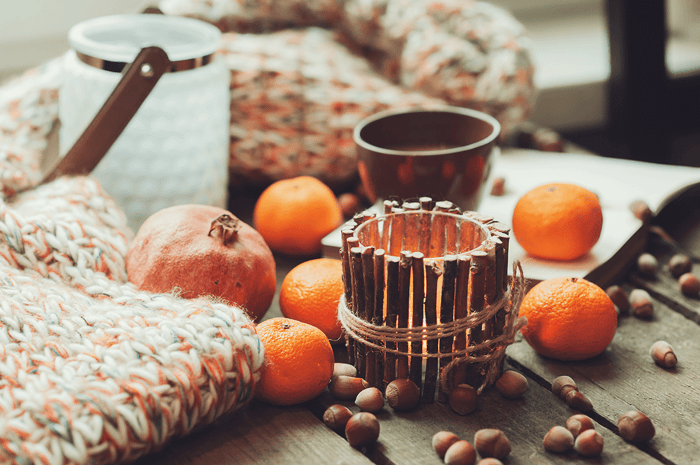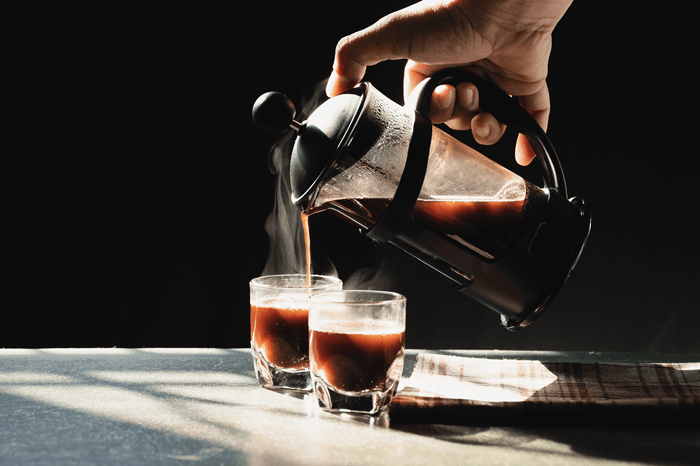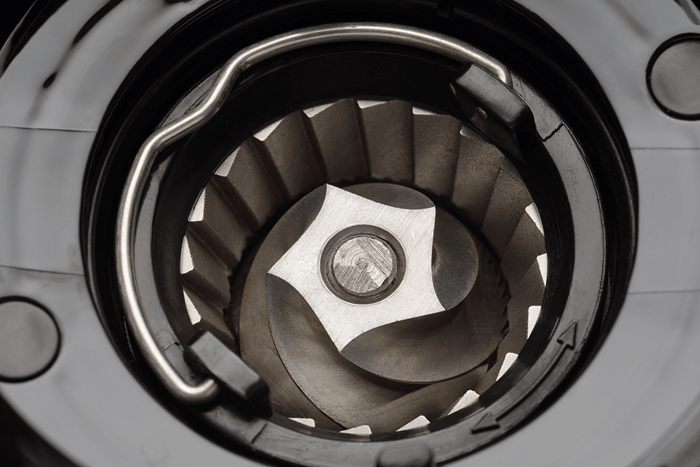Y’ever walk into a coffee shop and see all those Pour-Over Coffee Brewers on the back bar? Look at those things! It's like a science experiment!
And the coffee costs like 5 dollars for a small cup. It's coffee right? That's coffee, and water. They don't even put bourbon in it or nothin'. What's up with that?
Both brew methods are just pouring hot water on top of coffee grounds in a filter, right? Isn't pour over coffee just the same thing as drip coffee, but slower and with a fancier name?
Wrong. Wrong wrong wrong... wrong wrong.
(Wow, that doesn't even look like a real word when you see it that many times in a row.)
Turns out, there are reasons that pour over coffee is superior to regular drip brew—and not just because it tastes way better. But I'm not going to tell you what they are.
Just kidding! Here you go:
Reason #1 – Flavor
Pour over coffee brewers use slow filter water flow rates which produce a richer flavor profile with lower acidity levels than regular drip brewers. In other words, it's because the pour-over brewing process takes more time than regular drip brewing, the flavors have more time to develop, resulting in a more complex cup of coffee (in a good way).
Reason #2 – Cleanliness
In addition, the cone shaped paper filters used in pour over brewing tend to be a little higher quality, and can be better than those regular coffee maker filters (the ones that come in packs of 500,000 for $1.83) at trapping oils and filtering out sediment particles, producing a cleaner cup of coffee.
Reason #3 – Control
Third, because you have more control over the brewing process with a pour-over coffee maker, you can experiment with different water temperatures, grind levels, and extraction times to produce a cup of coffee that is perfectly tailored to your own personal preferences.
BONUS: Reason #4 – Aesthetics
Fourth—this isn't really to do with the coffee, but it's worth noting—the best pour over coffee makers (like the old-style Chemex or a newer-style Espro Bloom setup, for example) are beautiful pieces of equipment that make a great addition to any kitchen. They're also built to last, so you'll get years of great-tasting coffee from a quality pour over brewer. Not like those cheap, ugly drip coffee machines that are generally meant to be disposable.
You know, the ones that last for maybe a year before they start sputtering and brewing something that visually resembles coffee, except that it tastes like a cigarette machine in a bowling alley. In fact, file that under “Reason #5 – Reliability.”
So, while both drip and pour-over coffees start with the same basic ingredients, the pour-over brewing process results in a cup of coffee that is richer, cleaner, and more complex than regular drip brew. And that's why pour over costs a little more, whether you're buying a pour over coffee at a cafe, or replacing a regular "coffee maker" with a more sophisticated pour over brewing setup.
Personally I think it's worth the trade off, but then again, some people don't care whether things taste good or bad.
Not like you, with your more distinguished and discerning palate. You're a pour-over coffee drinker, through and through.
Why, you wouldn't be caught dead drinking regular drip coffee... would you?
Want to learn more about how pour over brewing works? Check out our guide to making pour over coffee.






